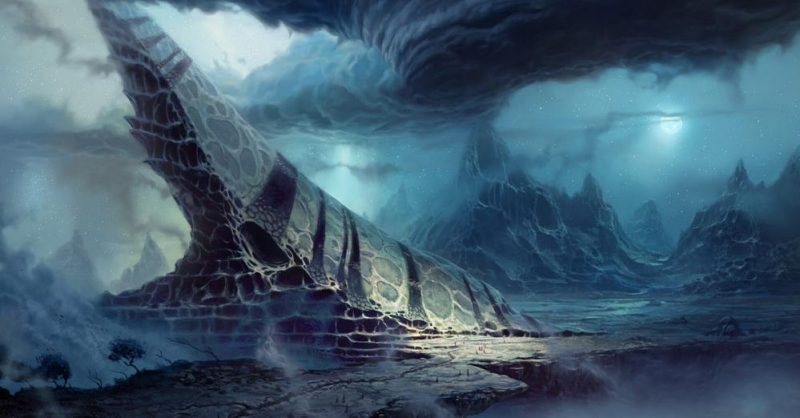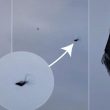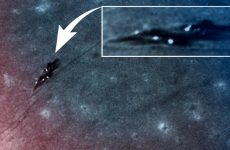At nearly 1,000 km in diameter, Ceres is the largest object in the asteroid belt, the great ring of rocks of all sizes that surrounds the Sun just between the orbits of Mars and Jupiter.
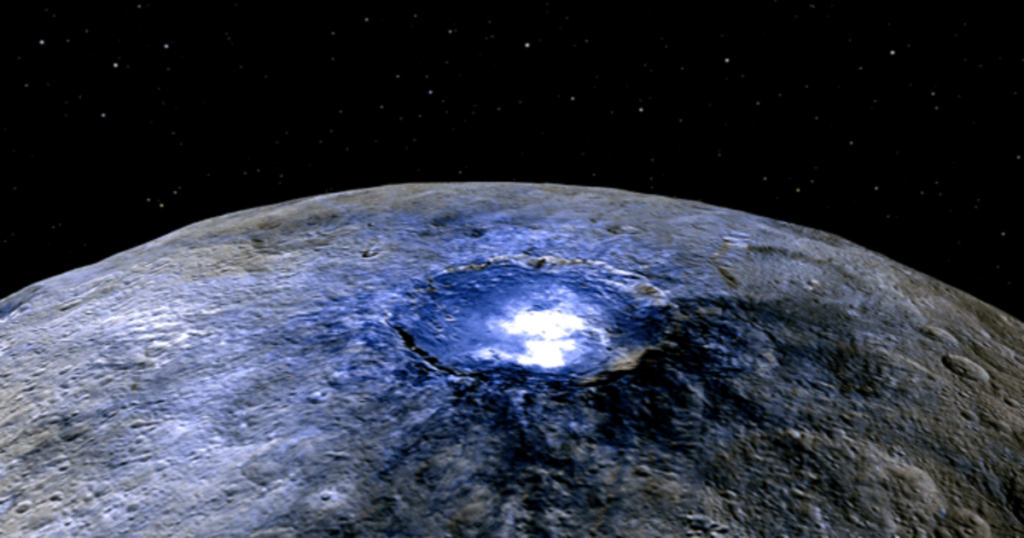
Its size, and the fact that it is the only totally spherical object in the belt, which indicates that its gravity is sufficient to overcome the force of a rigid body, has earned it the name of ‘dwarf planet’, the same as Pluto. .
Already in 2014 the Herschel space probe of the European Space Agency (ESA) detected for the first time, and without a doubt, water on Ceres, in the form of large jets of steam emitted from different points on its surface.
Which seemed to indicate the presence of an underground ocean, similar to those we already know exist on various moons of Jupiter and Saturn .
And now, a new study by researchers at the US Institute of Planetary Sciences has just confirmed that the crust of Ceres is rich in ice.
A crust under which there would be an extensive amount of water in a liquid state. The chances of habitability of the dwarf planet, then, skyrocket.
To reach these conclusions, published in the latest issue of ‘Geophysical Research Letters’, the researchers studied anomalies in the distribution of hydrogen in the Occator crater, a young impact crater 92 km in diameter and occupying, by itself, about 10% of the surface of Ceres.
Previous studies already spoke of the existence of a ‘haze’ over the crater, which would also be partially covered by brines.
The evidence for water on Ceres comes from data collected by the gamma ray and neutron detector (GRaND) aboard NASA’s Dawn spacecraft , which was in orbit around the dwarf planet between 2015 and 2018, when it exhausted its fuel reserves.
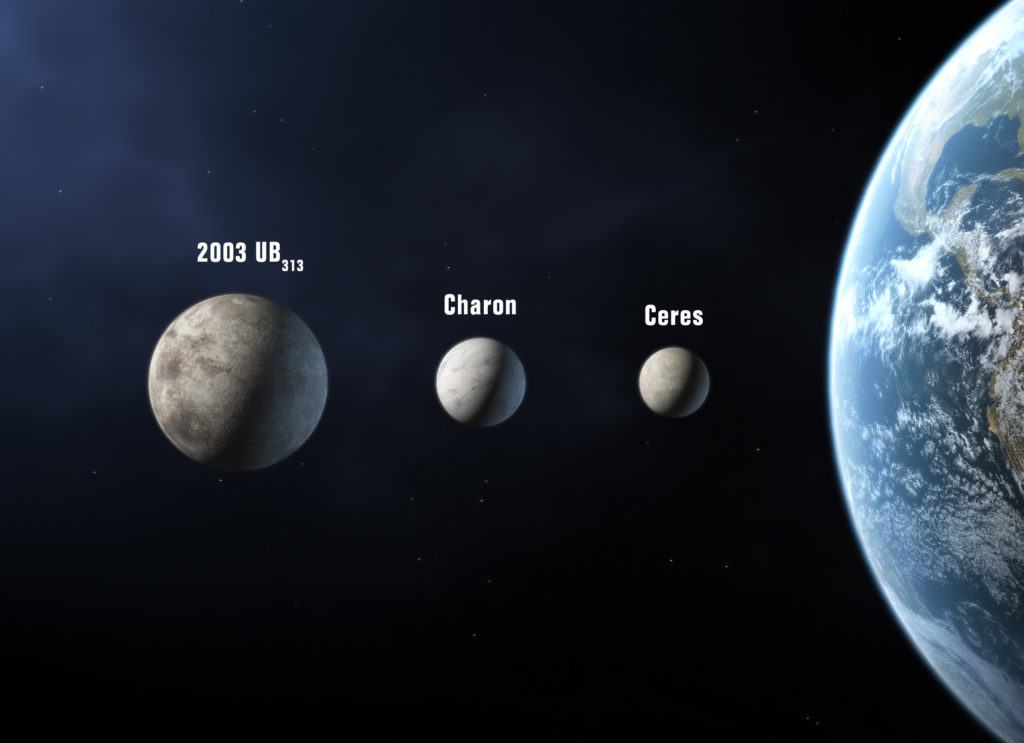
The instrument found high concentrations of hydrogen in the first meter of Occator’s surface, an excess that, according to the study, is in the form of water ice.
“We believe that the ice has survived in the shallow subsurface for the roughly 20 million years after the formation of Occator,” says Tom Prettyman, lead author of the paper.
The similarities between the global hydrogen distribution and the pattern of large craters suggest that impact processes have brought ice to the surface in other parts of Ceres.
This process is accompanied by the loss of ice by sublimation caused by the heating of the surface by sunlight.
‘The Occator impact would have excavated materials from the crust to a depth of up to 10 kilometers (approximately 6 miles).
Therefore, the observed improvements in hydrogen concentration within the crater and ejection layer support our interpretation that the crust is rich in ice.
The findings reinforce the emerging consensus that Ceres is a distinct body in which ice separates from rock to form an icy outer shell and a subcrustal ocean, “said Prettyman.
According to the researcher, “the findings could have implications for the evolution of small and large frozen bodies.
More generally, and as an ocean world, Ceres could be habitable and is therefore an attractive target for future missions.




